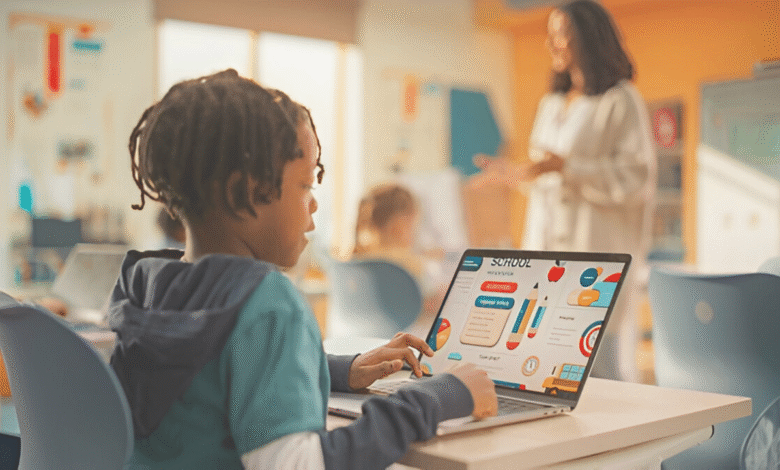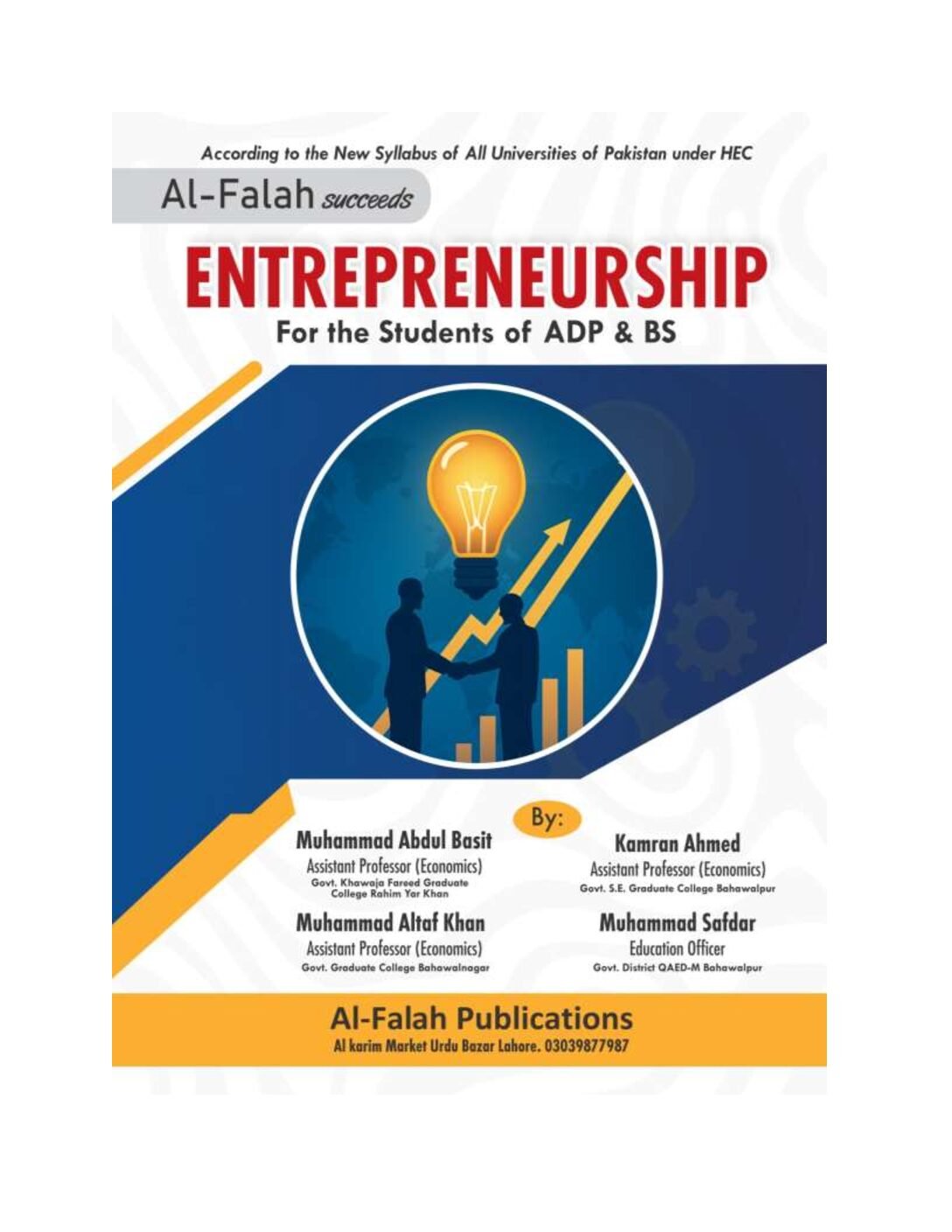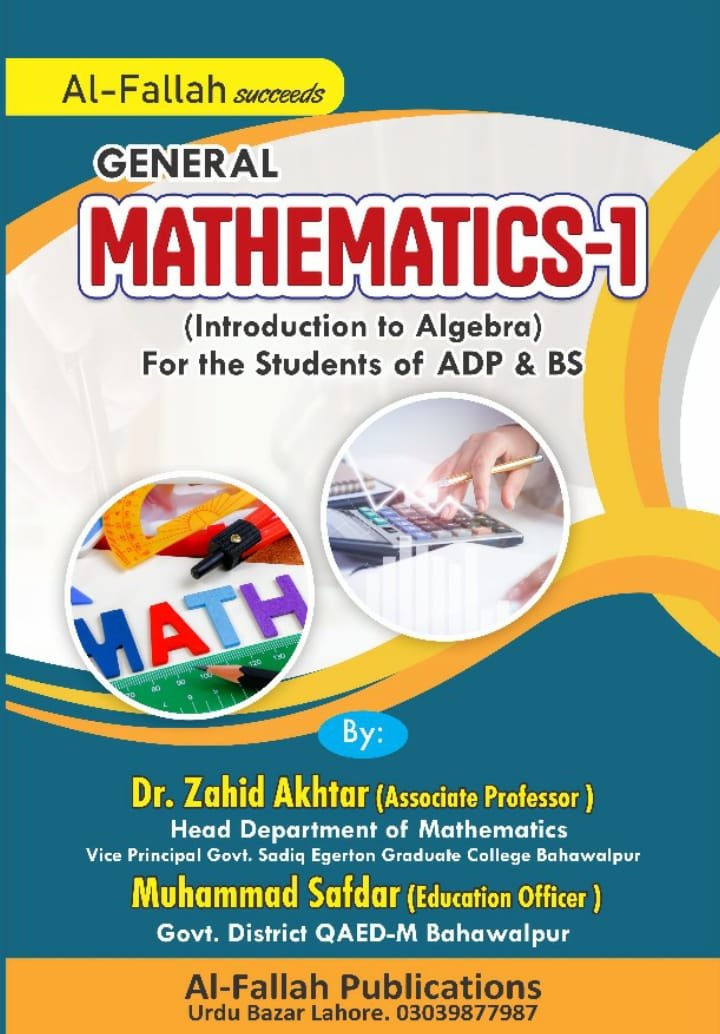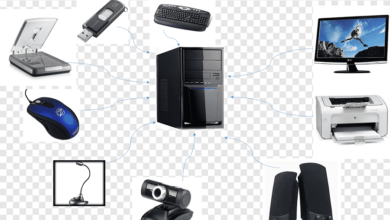Smart Classrooms: How Technology Enhances Learning Outcomes
Smart Classrooms technology transforms learning with interactive tools to boost engagement & academic success. Discover the future of education.

Smart classrooms are revolutionizing education by integrating cutting-edge technology to create dynamic and interactive learning environments. Gone are the days of passive lectures and static textbooks—today’s smart classrooms utilize tools like interactive whiteboards, AI-driven learning platforms, and virtual reality to foster deeper engagement and better learning outcomes. These innovations not only make education more accessible but also cater to diverse learning styles, ensuring that every student can thrive in a digitally enhanced setting.
As schools and universities worldwide adopt smart classroom solutions, educators are witnessing a transformation in how students absorb and retain information. From real-time collaboration tools to personalized AI tutors, technology is breaking down traditional barriers and creating a more inclusive, efficient, and future-ready education system. This article explores the key ways smart classrooms are elevating education and preparing students for success in an increasingly digital world.
Smart Classrooms
Interactive Learning with Digital Tools
Personalized Learning Through AI and Adaptive Software
Artificial Intelligence (AI) is revolutionizing education by offering personalized learning experiences. Adaptive learning software analyzes students’ performance and tailors lessons to their individual needs. For example, if a student struggles with a math problem, the system provides additional exercises or alternative explanations to reinforce understanding. AI-powered tutors and chatbots also assist students outside classroom hours, offering instant feedback and support. This level of customization ensures that no student is left behind, improving overall academic performance and confidence.
Enhanced Engagement with Gamification
Gamification integrates game-like elements into learning, making education more fun and motivating. Platforms like Kahoot! and Quizizz use quizzes, leaderboards, and rewards to encourage participation. Studies show that gamified learning increases retention rates and keeps students motivated to achieve their goals. By turning lessons into interactive challenges, teachers can foster a competitive yet collaborative environment. This approach is particularly effective for younger students who thrive on instant feedback and recognition.
Virtual and Augmented Reality for Immersive Learning
Virtual Reality (VR) and Augmented Reality (AR) are transforming how students experience education. VR headsets allow learners to explore historical sites, conduct virtual lab experiments, or even travel through the human body in biology class. These immersive learning experiences make abstract concepts tangible and memorable. AR, on the other hand, overlays digital information onto the real world, enhancing textbooks with 3D models and animations. This technology bridges the gap between theoretical knowledge and real-world applications, deepening students’ understanding.
Cloud-Based Learning and Accessibility
Cloud computing has made education more accessible than ever. Students and teachers can access study materials, assignments, and resources from anywhere, at any time. Platforms like Google Drive and OneNote ensure that learning is not confined to the classroom, supporting remote education and blended learning models. This flexibility is particularly beneficial for students with disabilities or those in remote areas. With cloud-based solutions, education becomes more inclusive, breaking geographical and physical barriers.
Real-Time Feedback and Assessment
Traditional grading systems often delay feedback, but smart classrooms provide instant evaluations. Online quizzes, automated grading systems, and learning analytics help teachers track student progress in real time. This immediate feedback allows educators to identify learning gaps and adjust their teaching strategies accordingly. Moreover, data-driven insights enable schools to implement evidence-based improvements, ensuring that teaching methods align with students’ needs.
Collaboration and Global Connectivity
Technology connects students across the globe, fostering global collaboration. Video conferencing tools like Zoom and collaborative platforms like Padlet enable students to work on projects with peers from different countries. This exposure to diverse perspectives enhances critical thinking and cultural awareness. Such initiatives prepare students for a globalized workforce, where teamwork and digital communication skills are essential.
Cost-Effectiveness and Sustainability
Reduced Operational Costs
Smart classrooms significantly lower recurring expenses by replacing physical textbooks with digital resources, eliminating printing costs, and minimizing paper waste. Cloud-based platforms reduce the need for physical storage and maintenance of traditional learning materials. Schools can reallocate these savings toward teacher training or additional technological upgrades.
Energy-Efficient Technology
Modern smart classroom tools, such as energy-efficient LED displays and low-power consumption devices, decrease electricity usage compared to conventional classroom setups. Automated systems (like smart lighting and climate control) further optimize energy use, contributing to both cost savings and environmental sustainability.
Long-Term Investment Value
While initial setup costs may be high, smart classroom technology offers long-term financial benefits through durability, scalability, and easy updates. Digital resources and software can be refreshed without the need for costly physical replacements, ensuring schools stay current with minimal additional expenditure.
Eco-Friendly Learning Environments
By reducing reliance on paper, plastics, and other consumables, smart classrooms support eco-friendly initiatives. Digital assignments, e-books, and online collaboration tools minimize waste and lower the carbon footprint of educational institutions.
Government and Institutional Support
Many governments and organizations offer grants, subsidies, or tax incentives for schools transitioning to smart classrooms. These financial aids make technology adoption more affordable, ensuring even budget-conscious institutions can benefit from sustainable, cost-effective solutions.
Scalability and Flexibility
Smart classroom solutions can be implemented in phases, allowing schools to prioritize essential technologies (like Wi-Fi infrastructure) before adding advanced tools (such as VR or AI). This phased approach makes modernization manageable and financially viable for schools of all sizes.
Reduced Physical Infrastructure Needs
With cloud storage and virtual learning platforms, smart classrooms reduce the need for physical space, storage, and maintenance. This is particularly beneficial for overcrowded or underfunded schools looking to maximize existing resources.
Future-Proofing Education
Investing in smart classroom technology prepares schools for evolving educational demands, reducing the need for frequent overhauls. Upgradable software and modular hardware ensure longevity, making it a sustainable choice for years to come.
Read More: EdTech Startups to Watch: The Next Big Thing in Education
Conclusion
Smart classrooms represent a transformative shift in education, proving that technology is no longer just an enhancement but a fundamental component of effective learning. By integrating tools like AI, VR, and cloud-based platforms, these advanced learning environments deliver personalized, engaging, and accessible education that caters to diverse student needs. The result is not only improved academic performance but also the development of critical digital literacy skills essential for future careers.
As we move forward, the widespread adoption of smart classrooms will be crucial in bridging educational gaps and ensuring equitable learning opportunities. Schools, policymakers, and tech developers must continue collaborating to refine these technologies, making them more affordable and adaptable for institutions worldwide. The future of education lies in these innovative spaces, where technology and pedagogy merge to create limitless possibilities for learners everywhere.
FAQs
What is a smart classroom?
A smart classroom uses digital tools like interactive whiteboards, AI, and VR to enhance learning through technology-driven methods.
How does AI improve learning outcomes?
AI provides personalized learning by adapting lessons to individual student needs, offering real-time feedback, and identifying knowledge gaps.
What are the benefits of gamification in education?
Gamification increases engagement, motivation, and retention by incorporating game-like elements such as quizzes and rewards into learning.
Can smart classrooms support remote learning?
Yes, cloud-based platforms and digital tools enable seamless remote education, allowing students to access resources from anywhere.
Are smart classrooms cost-effective?
While initial setup costs are high, smart classrooms reduce long-term expenses on materials and support sustainable education practices.











